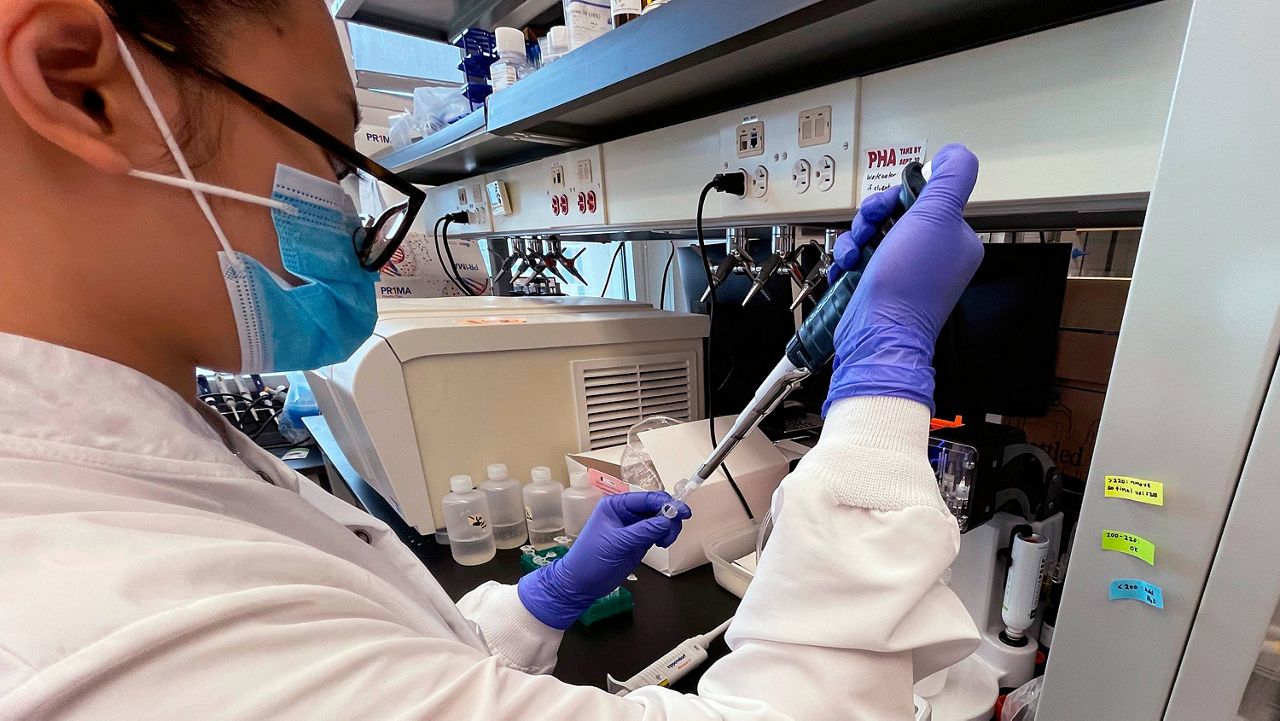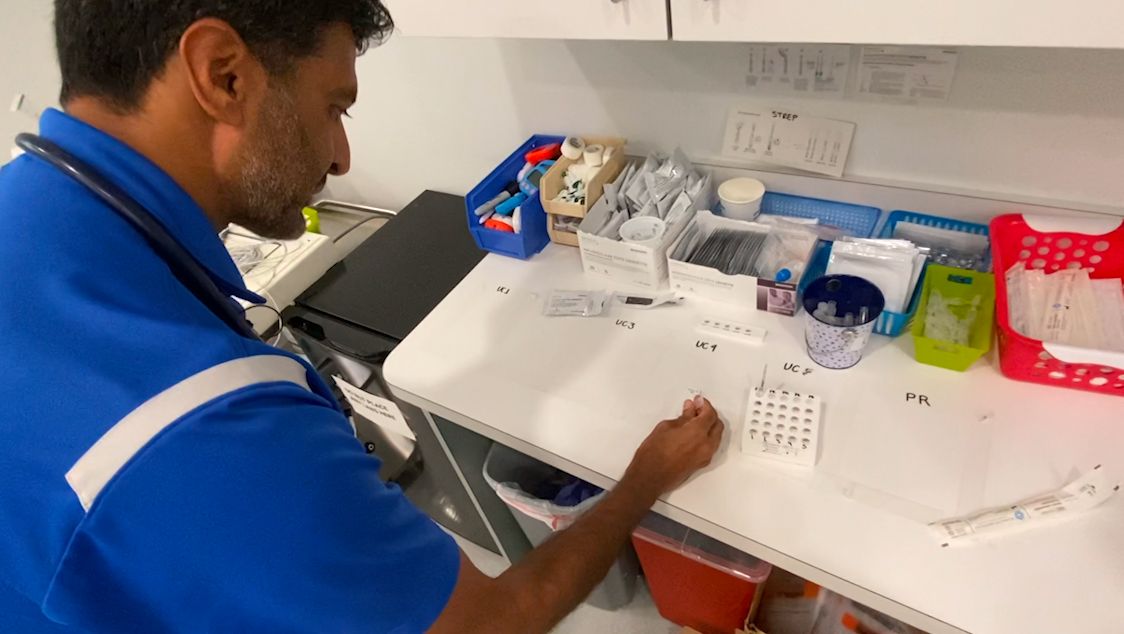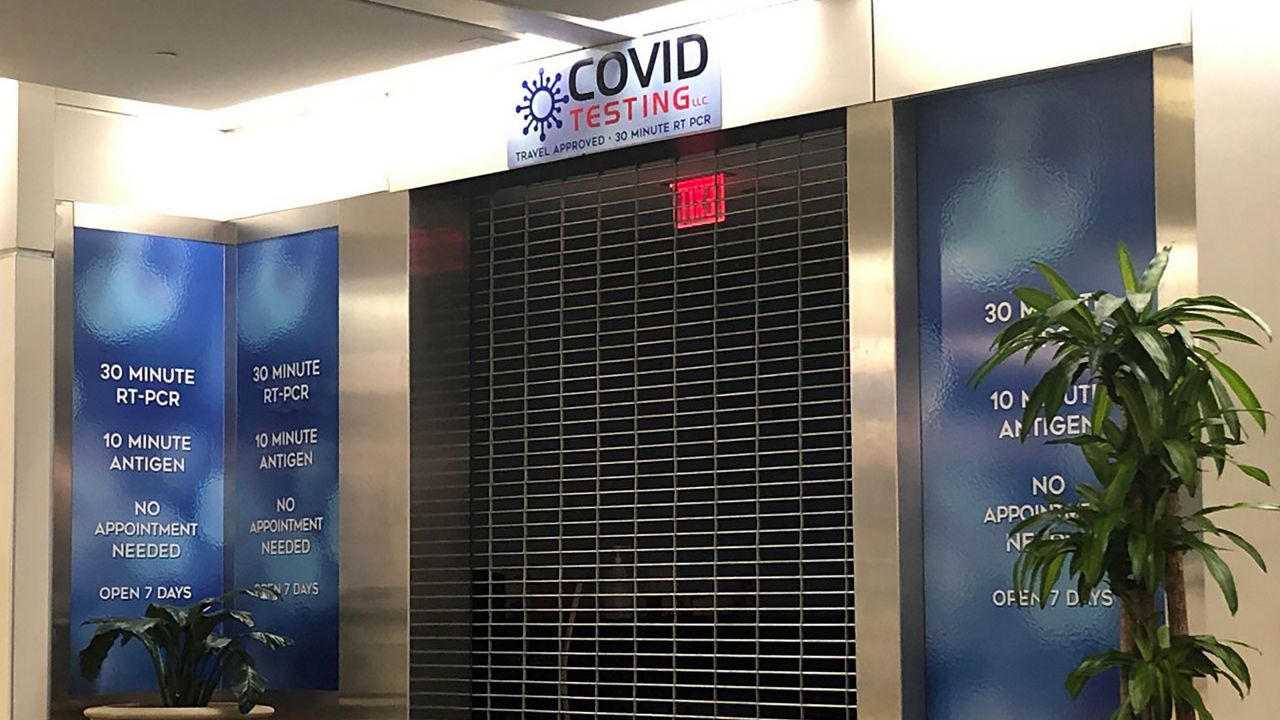Researchers at the University of Florida have created virtual reality (VR) software to help medical professionals de-stress from the demands of work and the pandemic.
What You Need To Know
- UF researchers create VR meditation app
- DREAMS app creates virtual lounges for hospital workers to de-stress
- App is currently in research, testing phase
The app is called DREAMS, which stands for Digital Rehabilitation Environment Augmenting Medical System.
The app creates virtual lounges of scenic spots, which users can visit through a VR headset. The user puts on headphones to hear calming music and breathing exercises, as well as a headband to monitor their brain wave activity.
“The input device is no longer a gamepad or something like that. The input device is our very brain, and how we are doing is actually going to inform the content that’s happening in virtual reality,” explained the app’s co-creator Marko Suvajdzic, associate professor of digital arts and sciences at the University of Florida.
Fellow app creator Dr. Azra Bihorac, professor of medicine, surgery and anesthesiology at the University of Florida, says what makes the app accessible is it can be used in any quiet room in the hospital when workers have spare time.
“If you are in a busy ICU, all you have is maybe 10, 15 minutes, and you want to optimize that for the best result, and I think this is really the best shortcut to learning this [meditation] technique,” she said.
The software has been in development for roughly three years now, according to Suvajdzic. The app was initially envisioned as a digital rehabilitation tool for hospital patients, but when the pandemic hit, the creators knew they had to do something to address the burnout for those on the frontlines.
“We understand the gravity of the moment,” Bihorac said. “We are operating at the edge of the over-burdened system at least here, and many places it’s already over-burdened. So there is an urgent need for things like this.”
Now there are two different sectors of the app: one focusing on healthcare workers and the other on hospital patients, explained Bihorac. The hope is for the healthcare worker version to be ready for another clinical study in the spring and for the patient version to be ready for testing in the fall.










